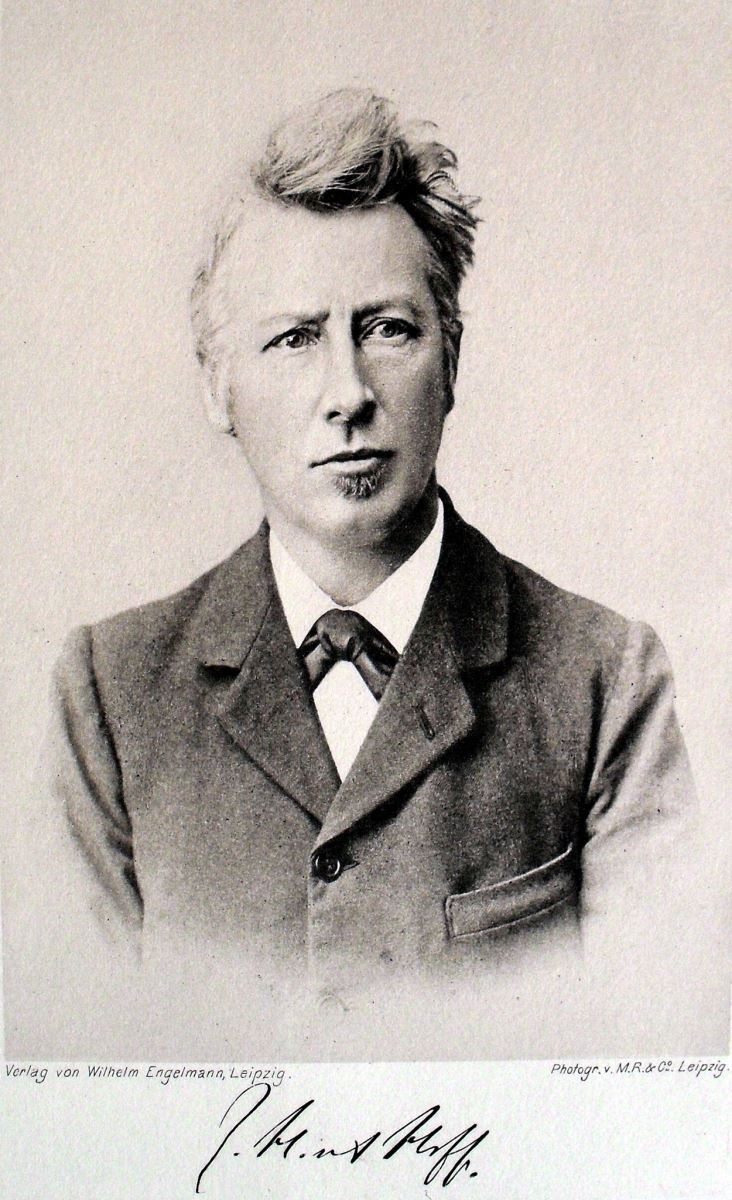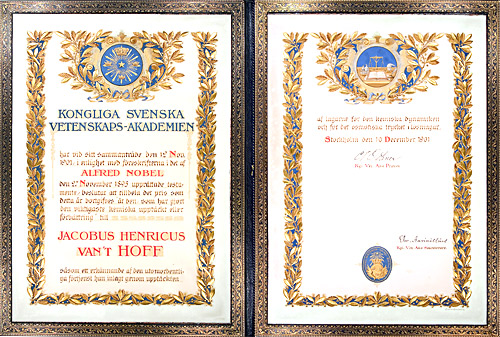Jacobus Henricus van ‘t Hoff was born in Rotterdam, The Netherlands, on August 30, 1852. He was the third child in a family of seven children of Jacobus Henricus van ‘t Hoff, a physician, and Alida Jacoba Kolff.
In 1872 van’t Hoff (1852–1911) went to Bonn to study for a year. From August Kekulé he learned of a possible tetrahedral arrangement of the valence bonds of carbon, proposed by the Russian chemist Alexander Butlerov in 1862.
.jpg)
In 1873, after moving to Paris to work with Charles Adolphe Wurtz, van’t Hoff realized that the phenomenon of optical activity possessed by some organic molecules—their ability to rotate plane-polarized light—could be explained by the two possible arrangements of four different substituents in the space around a carbon atom.

This theory provided substantial indication that the molecular structures being discussed by the chemists of the time had a physical reality in three-dimensional space and were not just aids to conceptualizing molecules. (Another graduate student working in Wurtz’s laboratory, Joseph Achille Le Bel, arrived at the same explanation of optical activity independently.)
Van’t Hoff returned to the Netherlands to complete his doctoral degree. He was soon appointed lecturer in theoretical and physical chemistry at the University of Amsterdam, where he stayed for 20 years.
.jpg)
There he conducted the studies of reaction rates, chemical equilibrium, chemical affinity, and osmotic pressures that helped found the discipline of physical chemistry. In 1896 he moved to the University of Berlin, and in 1901 he became the first Nobel laureate in chemistry for his work in physical chemistry.
He was awarded the prize in recognition of the extraordinary services he has rendered by the discovery of the laws of chemical dynamics and osmotic pressure in solutions. At a fundamental level, chemistry deals with how molecules are composed of atoms and how atoms and molecules come in contact and form new constellations.
.jpg)
During the 1870s and 1880s, Jacobus van 't Hoff made pioneering contributions with respect to both the structure of molecules and various sequences of events.

A theory about osmotic pressure explains how concentrations even out in solutions that are separated by a membrane that allows the solvent to pass through but not the dissolved substance. Other works deal with chemical reactions and how temperatures affect them.

According to sciencehistory.org











